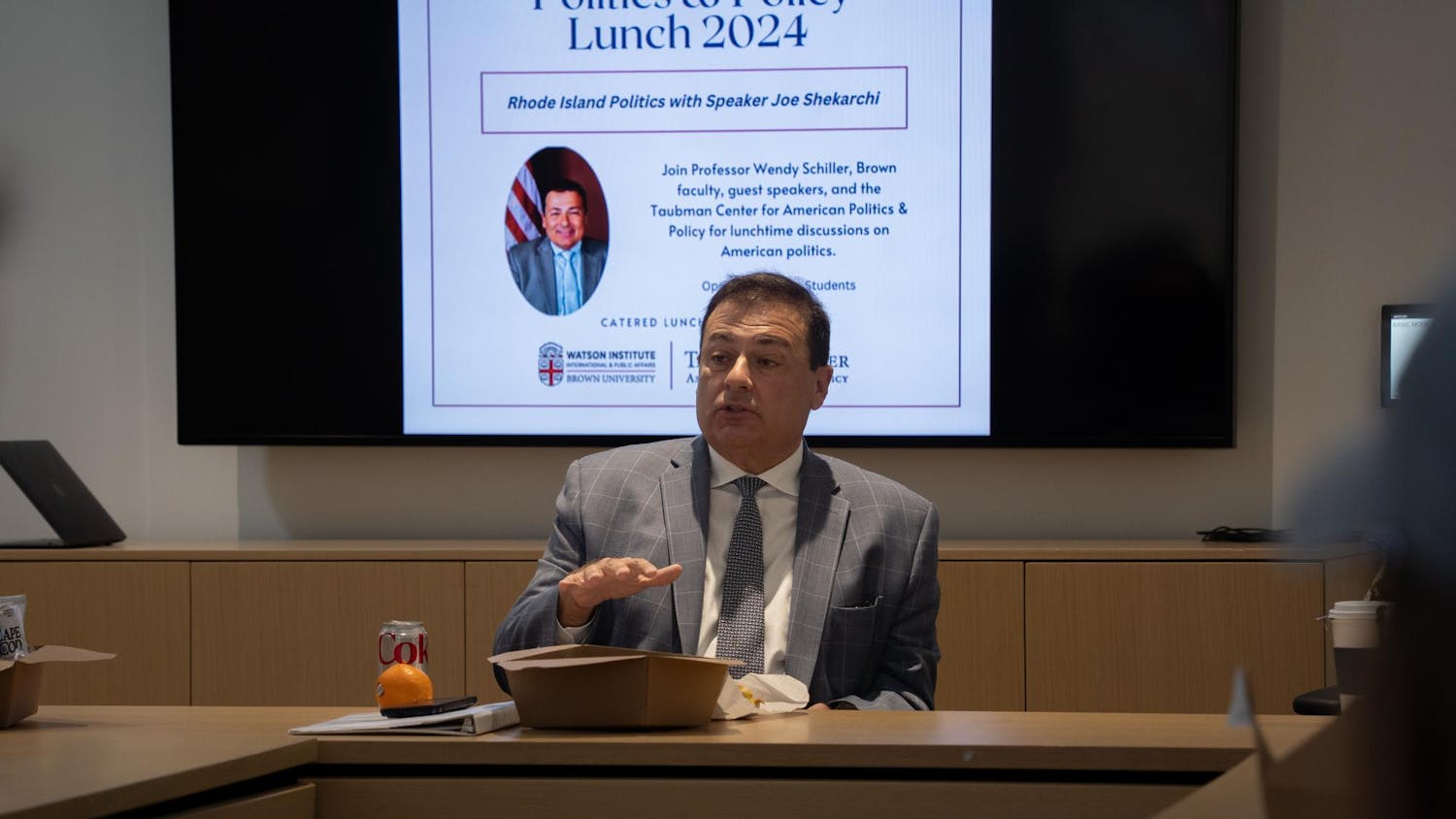When journalists interview Professor of Anthropology and International Relations Catherine Lutz about the Costs of War study she directed, she notices a difference in the conclusions U.S. and foreign reporters draw. While U.S. journalists have tried to contextualize the study's findings on the U.S. conflict in the Middle East in terms of the growing U.S. deficit, international reporters have asked what the numbers mean for the country's future status as a superpower.
The study, conducted by the Eisenhower Study Group at the Watson Institute for International Studies, revealed the financial and human costs of the Middle Eastern conflicts at the end of June. The data show the wars of the 21st century in Iraq and Afghanistan will cost the United States between $3.2 trillion and $4 trillion, not including the death of 225,000 soldiers and civilians and the socio-political upheaval in the region. Media coverage of the data has since exploded, which was part of the study's goal, Lutz said.
Major media outlets including Reuters and Al Jazeera have reported extensively on the study's economic projections. A June 29 Reuters article noted the stark difference between the study's findings and White House projections that operations in the Middle East will cost upwards of $1 trillion. The team behind the study included less immediate costs in their calculations, said Neta Crawford '85, a Boston University professor of political science and the study's co-director.
In addition to the Pentagon's war budget and emergency spending, researchers factored in future obligations due to the wars, such as the care veterans will require, Crawford said. More veterans are returning home with long-term injuries and are drawing on more government services than in the past, she said.
Much of the coverage, particularly by domestic journalists, has focused more on the economic costs and less on the human and sociopolitical ramifications, Lutz said. Reporters in the U.S. have an audience interested in the country's economic status, especially in light of high unemployment rates and the debates over the debt ceiling.
The effects of the monetary costs of the conflicts in the Middle East therefore have "broad appeal" to taxpayers, she said. International reporters, especially those from Iraq and Afghanistan, have asked more questions about the human lives lost.
Paul Kawika Martin, the political and communications director for the Peace Action organization, said he circulated the study's findings when it debuted to foster further discussion on the wars' expenses. Though the numbers came as no surprise to him, he was pleased to see a study focus on the long-term costs of war instead of just the immediate ones, he said.
Peace Action is currently pushing for more circulation of the study's findings to other organizations, with the hope that the super-committee formed in Congress to reduce the deficit will take the findings into consideration, Martin said. There needs to be more pressure on ending Middle Eastern conflicts than on cutting entitlement programs, he said.
"The ticker doesn't stop ticking when the war stops," said Christopher Preble, vice president for defense and foreign policy studies at the Cato Institute in Washington, D.C., though he added that projected expenses are always a source of controversy.
"There was a moment in time — a few years at the end of the 1990s, end of early 2000 period — when people believed or tried to believe wars could be quite antiseptic things," he said. "And I think Iraq shattered those expectations."
Some conflicts in recent memory, such as the United States' involvement in Bosnia, might have given the public the impression that wars could be quick. But those conflicts are the exception rather than the rule, Preble said.
"This study is part of that learning process — that war is always violent," he said.
Further updates to the study are ongoing as casualties mount, but researchers are also trying to fill in the gaps they could not initially cover. More raw numbers for refugee flows are necessary for further evaluation of the human costs of war, Crawford said. Data on the war's indirect effects — such as cancer and infant mortality rates — are also areas targeted for future research, Lutz said.




